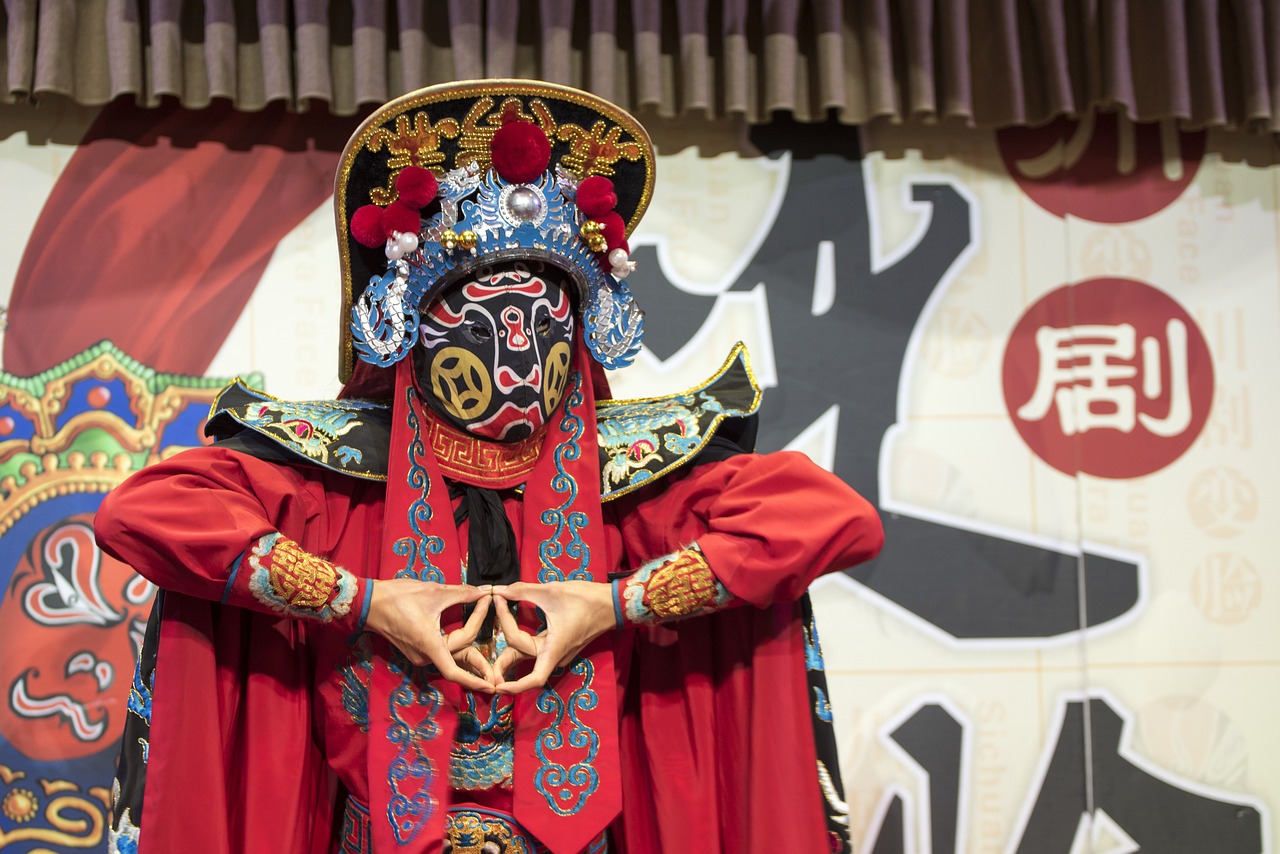Traditional Chinese Medicine (TCM) is a holistic system of health care with roots tracing back over 2,300 years. Its primary objective is to sustain or restore health by achieving a harmony between yin and yang—two fundamental forces that characterize both the human body and the cosmos. Among the myriad healing practices that TCM encompasses, acupuncture and the use of herbal treatments stand out, with their origins dating back at least 2,200 years. The foundational text of TCM, the Huangdi Neijing or The Yellow Emperor’s Inner Classic, written in the 3rd century BCE, provides the theoretical framework that guides contemporary TCM practices.
The philosophy of TCM posits that good health is achieved when there is an equilibrium between the yin (the passive principle) and yang (the active principle). When this balance is disrupted, illness arises. A visit to a traditional Chinese pharmacy reveals a fascinating assembly of natural materials used in TCM; it resembles a small natural history museum stocked with countless jars and drawers filled with dried plants and animal parts. The renowned Bencao Gangmu, compiled by Li Shizhen in 1578, cataloged nearly 1,900 medicinal substances and about 11,000 prescriptions tailored to various health conditions.
Healing Practices in TCM
In TCM, practitioners employ an extensive variety of remedies to restore balance. Treatments may involve acupuncture, acupressure, moxibustion—where small cones of herb are burned on acupuncture points—or cupping, a method utilizing heated glass cups to enhance circulation by drawing blood to the skin. Herbal concoctions made from an assortment of medicinal flora and fauna are also commonly prescribed.
The Significance of Qi and Meridians
At the core of TCM is the concept of qi, or life force, which is believed to circulate through a network of meridians within the body. These unseen channels interconnect various organs, tissues, and even consciousness itself. TCM recognizes twelve principal meridians, each corresponding to one of the twelve primary organs. The meridian system also aligns with other natural cycles, such as circadian rhythms and seasonal changes.
Acupuncture techniques involve the insertion of fine needles at designated points along these meridians, promoting the flow of qi and restoring the essential balance of yin and yang. Alternatively, acupressure—a massage technique that applies pressure to these acupuncture points—can also be utilized. Moxibustion may accompany acupuncture sessions to enhance treatment benefits.
Aside from alleviating physical symptoms, TCM practitioners also harness the meridian system to influence emotional well-being. They utilize their sensory skills—like smell and touch—along with pulse diagnosis to pinpoint the origins of health imbalances, determining which organs and meridians are involved.
The Five Elements Theory
In addition, practitioners apply the concept of the five phases, or wu xing, which outlines five elemental correspondences: wood, fire, earth, metal, and water. This ancient framework aids TCM professionals in discerning imbalances within the body. For example, if a patient frequently experiences headaches at a specific hour—say, 4 PM—it may indicate an imbalance in Bladder qi, as the Bladder’s role relates to the functionality of the body during that time.
Utilizing this elemental theory, a TCM practitioner crafts a comprehensive treatment strategy, which might incorporate acupuncture, herbal remedies, lifestyle modifications, and dietary suggestions for recovery. Psychological aspects of health, particularly the impact that unregulated emotions have on organ function, can also be integrated into the healing approach.
As a whole, TCM embodies a profound understanding of health that transcends mere physical treatment, encouraging a multi-faceted exploration of well-being that intertwines mind, body, and spirit.



